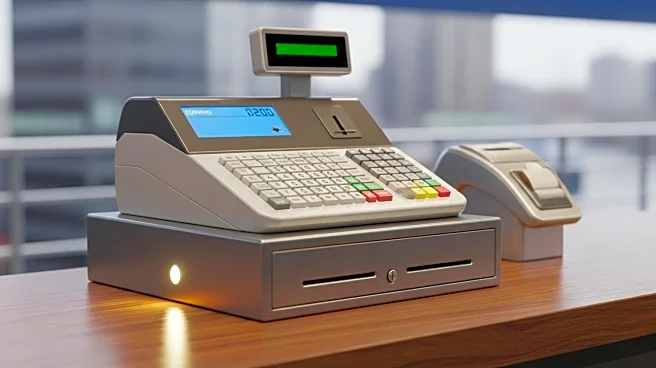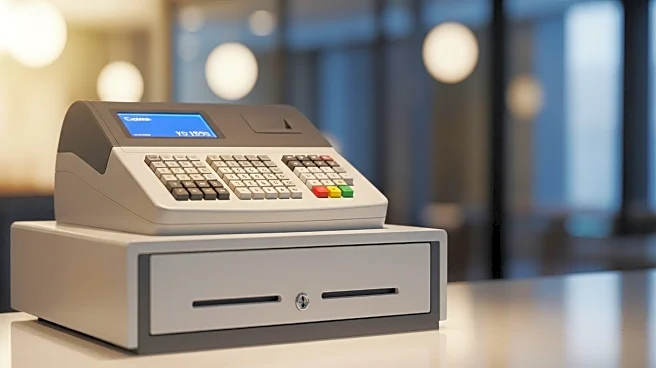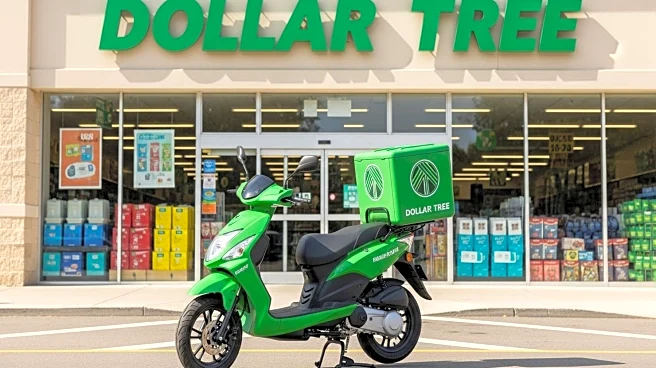What's Happening?
Uber has expanded its cash payment option to more cities across the United States, allowing riders to pay for trips with cash. This move aims to accommodate underbanked customers who lack access to electronic payment methods. However, some drivers have expressed concerns about the potential safety risks associated with handling cash, fearing they could become targets for theft. The cash payment option is currently in its pilot phase, with drivers having the choice to opt out of accepting cash rides. Uber has implemented measures to ensure safety, including identity verification for riders and guidelines for drivers on handling cash transactions.
Why It's Important?
The introduction of cash payments by Uber is significant as it broadens access to ride-hailing services for individuals without bank accounts or credit cards, potentially increasing Uber's customer base. However, it also raises safety concerns for drivers, who may be at risk of robbery or violence when carrying cash. This development highlights the ongoing challenges in balancing accessibility with security in the gig economy. The success of this initiative could influence other rideshare companies to adopt similar payment options, impacting the industry’s approach to financial inclusivity.
What's Next?
Uber will continue to monitor the pilot program's progress and gather feedback from drivers and riders to address any issues that arise. The company may refine its safety protocols and payment processes based on this feedback. As the cash payment option expands, Uber will need to ensure that drivers are adequately protected and that the system is not exploited for fraudulent activities.












